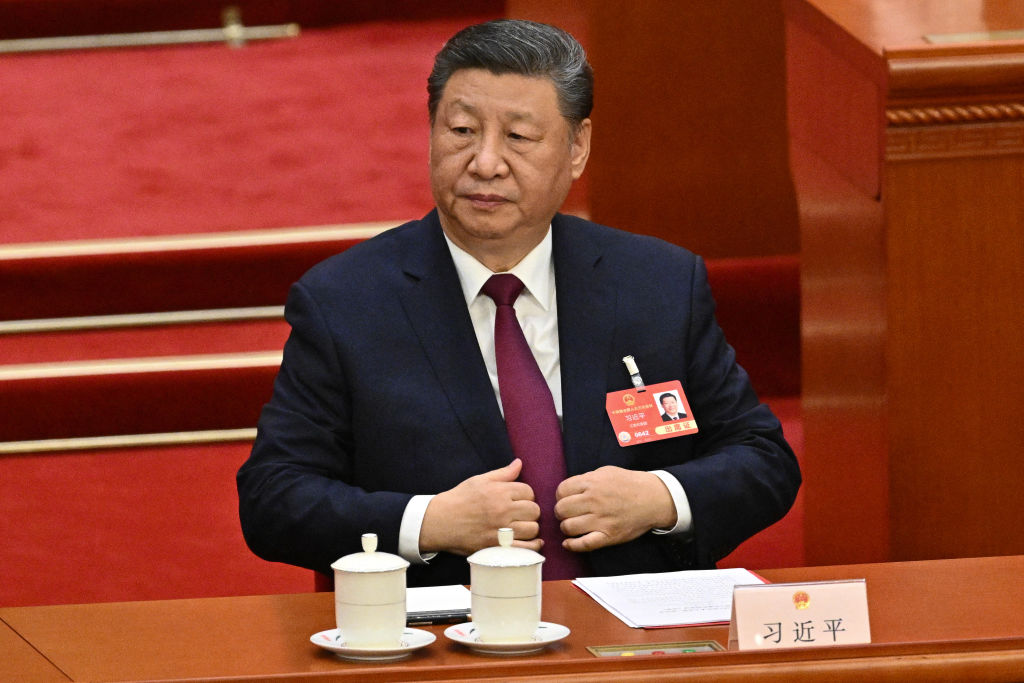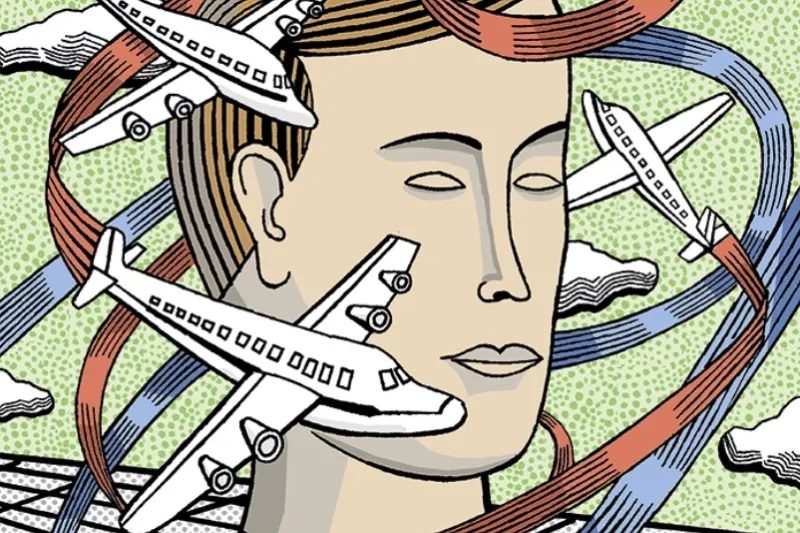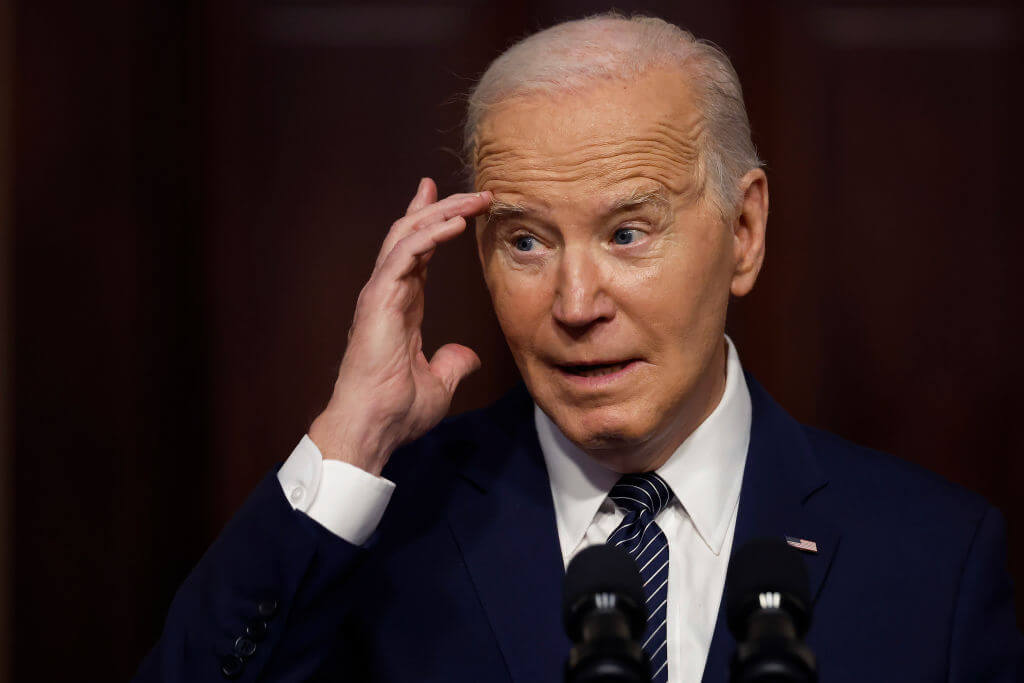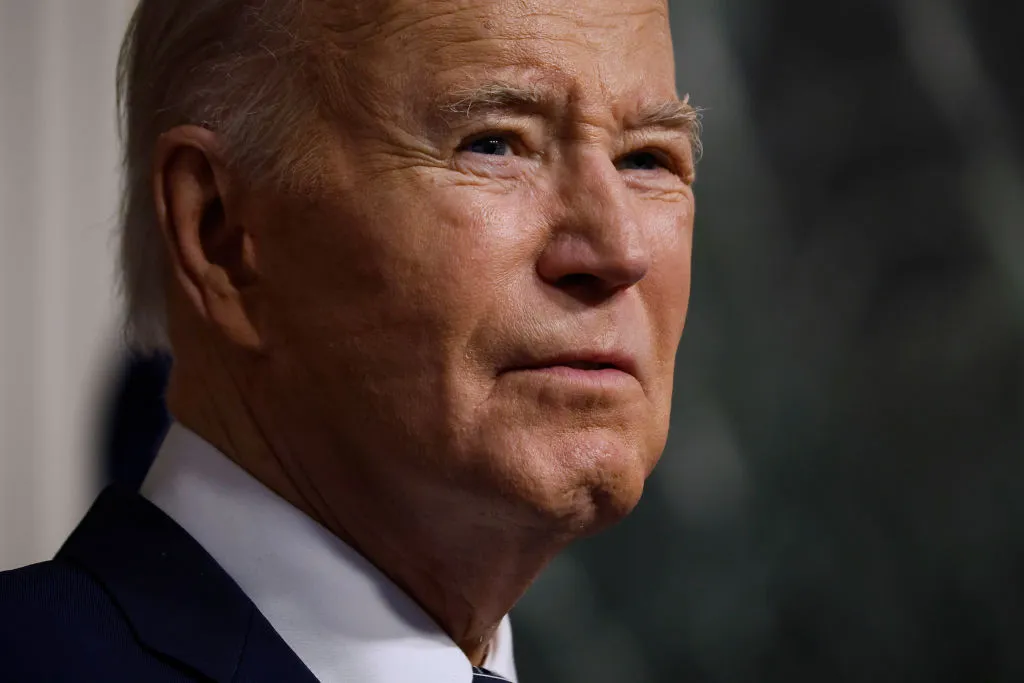I’m on a high-speed train. Forty years ago, such a statement would have been notable and specific: essentially, it meant you were in Japan or France. Nowadays, being on a high-speed train is barely a geographical indicator at all. Most of Europe has them, from Spain to Italy to Poland. Morocco has high-speed trains. Uzbekistan has high-speed trains. Even Egypt, Vietnam, Turkey, Thailand and the USA either have high-speed railways, or will have them in the next year or two.
Just about the only country not powering ahead with high-speed rail is the birthplace of the railway — the United Kingdom — a fact that can either make you sob, or despair, or perform a kind of double sob etched with despair.
What makes my experience unusual is that my high-speed journey is happening in Laos. Yes, Laos. A country so poor that when I visited in 2009, the main road between north and south essentially consisted of one crumbling lane, often blocked by hens, boulders, playing children and soldiers sleeping on three-wheeled trucks.
And yet Laos, always among the poorest nations in Asia, has had a relatively high-speed rail link since 2022. And I’m sitting on it as it whisks me from the capital, Vientiane, through Luang Prabang, all the way to — crucially — the Chinese border at Boten.
There, the Chinese-designed train, running on a Chinese-standard gauge, connects neatly with China’s vast high-speed rail network (28,000 miles compared with the UK’s 68 miles). Theoretically, you could continue your journey from Boten to Kunming and then onward to Shenzhen, Chengdu, Wuhan, Shanghai, Xian, Beijing.
In other words, and without beating around the bamboo, China has loaned enough money to impoverished little Laos for it to have its own gleaming shinkansen — from the capital to the Chinese border. And this railway, by convenient coincidence (for Beijing), also happens to bind Laos even more tightly to China — not just through debt, but through infrastructure, economic interdependence, and, ultimately, influence. Laos is now an economic vassal of China. A protectorate, or feudal satellite — firmly in Beijing’s orbit. This is, on the face of it, not a startling insight. We’ve all read about Chinese economic penetration into Latin America — China is now the biggest trading partner for virtually every South American nation, supplanting the US in the last decade. Similarly, we’ve heard of China’s investments — and, depending on your level of cynicism, its debt-trap diplomacy — in Africa. I have personally travelled on Chinese-made roads in regional Ethiopia that put British motorways to shame.
At the same time, China has been surging north into Mongolia and Central Asia, encroaching on Russian interests — a fact that may yet haunt Putin and his successors. Further afield, China’s presence is expanding across the Indian and Pacific Oceans: from Sri Lanka (where it has built highways and ports) to the tiny Pacific Cook Islands (where China has recently announced a new naval base).
And now, of course, China is about to seize — via Mauritius — the Chagos Archipelago from Britain’s uniquely comedic Labour “government,” while demanding we pay them for the privilege. A transaction that feels like heftily tipping the man that cuckolded you. But China’s economic takeover of its immediate Near Abroad — Indochina — feels distinct in nature, and arguably more insidious. Because Beijing doesn’t just send in state-backed loans and construction firms — it first sends pioneers of a different sort.
Ever heard of Snooky? Probably not. But it’s the nickname for Sihanoukville, a Cambodian coastal city. Fifteen years ago, Snooky was a sleepy backpacker town where you could get a nice coconut fish curry on the beach. Then, in the late 2010s, Sihanoukville experienced a massive influx of Chinese investment, transforming it into a minor Macau with hundreds of luxury hotels and high-rise buildings. At one point, Chinese businesses dominated more than 90 percent of the city’s economy.
Soon, Sihanoukville became a gambling mecca with more than seventy casinos catering mostly to Chinese tourists. At the same time it attracted organized gangs — operating frauds, prostitution, drug deals, trafficking, kidnaps, phishing. It all happened in Snooky.
Eventually, it got so out of control that even Cambodia’s Beijing-friendly government began to balk at its tropical Dodge City. In 2019, Cambodia banned online gambling, leading to an exodus of Chinese businesses and a partial collapse of the local economy. These days, Snooky barely exists. When I visited last year, I found it eerily dystopian: half-built skyscrapers with black, empty window sockets, steel bars jutting from crumbling towers, wide but rubble-strewn pavements — a Wild West ghost town meets a half-finished mini-Manhattan. But Cambodia itself remains firmly anchored in the Chinese world. Nearly all major Cambodian real estate and development projects are financed by Chinese businesses.
And the Tale of Snooky isn’t unique. Right now, a near-identical “scam city” is rising in Myanmar’s rebel Karen State, by the Chinese border — it’s called Shwe Kokko. The pattern repeats: shady “businessmen” move in, socioeconomic ties are forged; by the time the locals push back, their country is already locked into Chinese dependence.
This article was originally published in The Spectator’s April 2025 World edition.























Leave a Reply